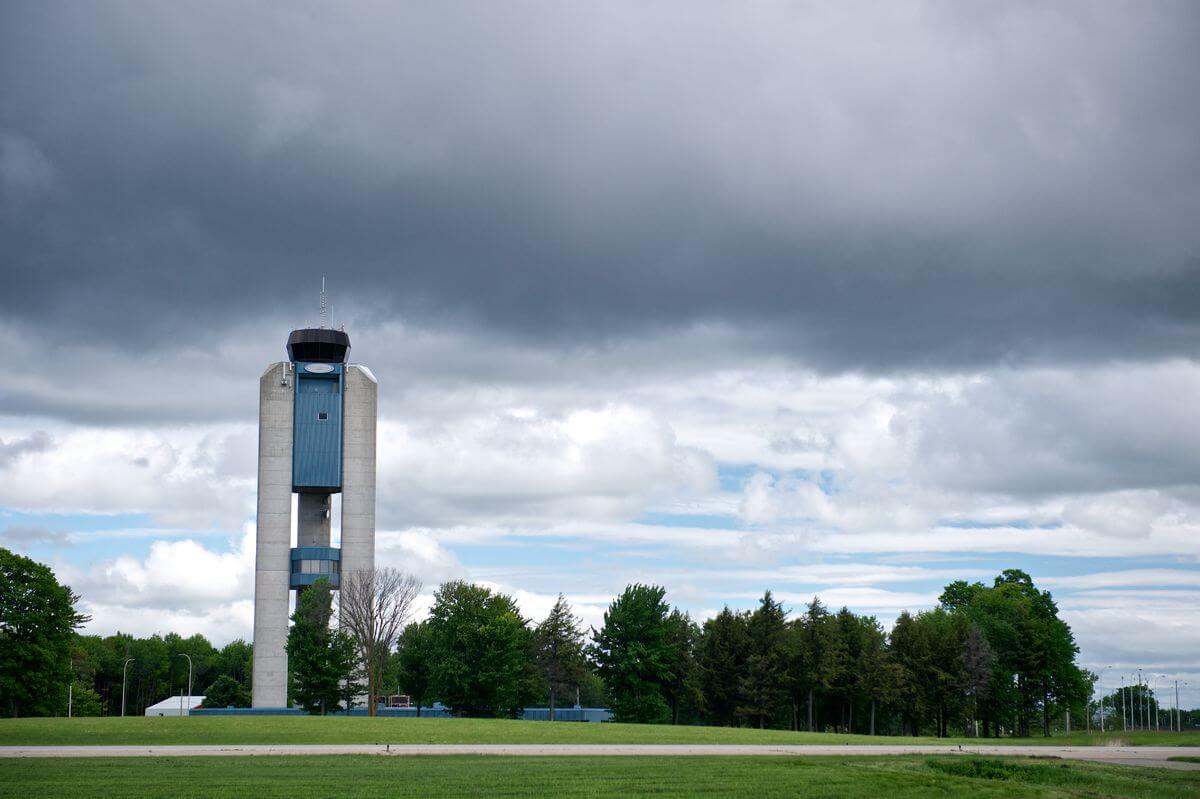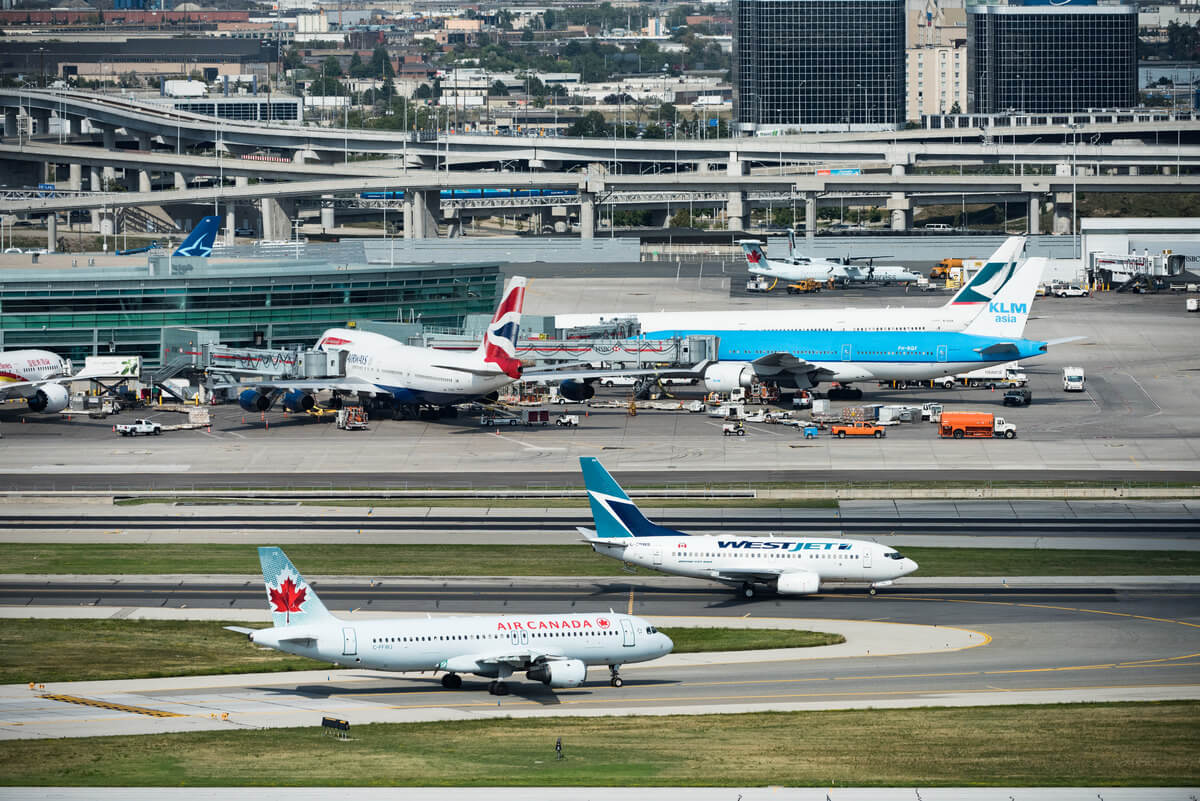







November 27, 2020
Over time, arrival and departure rates, along with flight paths, show where demand for service is changing in Canada. This data allows NAV CANADA to continually evolve its services to meet demand, ensuring the safety of our skies and preserving the sustainability of Canada’s air navigation system.
For the past 25 years, NAV CANADA has been providing air traffic control, flight advisory, weather observation and flight planning services across more than 18 million square kilometres of airspace – one of the largest in the world.
To determine changing customer needs, we regularly evaluate our services to determine how best to respond to air traffic activity – all while maintaining a high level of safety and a consistent standard of excellence in level of service across the country.
“To ensure NAV CANADA is moving in lockstep with our customers, we’re continuously reviewing long-term trends and listening to the needs of those who rely on our services,” says Heather McGonigal, Assistant Vice President of Stakeholder Relations and Communications at NAV CANADA. “Based on historical data and future projections, we make carefully calculated decisions on how and when to evolve and align our services to avoid making short-sighted changes.”

Tailoring services to meet air traffic activity
From coast to coast to coast, NAV CANADA offers different levels of service, which vary depending on the amount of air traffic, mix of aircraft, airspace configuration and other factors. At some airports, we do not provide services, however, they remain open and users are still able to operate in a safe and efficient manner.
At Canada’s busiest airports, air traffic controllers in nearby towers provide pilots approaching and departing airports with clearances and instructions to help them maintain separation from other aircraft. They also provide flight information to aircraft operating in airspace around their airports and monitor aircraft on the ground.
At other locations – typically sites with less flight movements per year – airport advisory services are provided by flight service specialists. These services include local weather information, runway conditions, vehicle control and emergency assistance, among others.
In other locations, modern technology, such as automated weather observation systems, are available for pilots to access the crucial information they need to fly safely.
In determining the appropriate level of service provided in a specific region, NAV CANADA conducts an aeronautical study to ensure safety and assess customer needs. These robust, safety-focused studies are used to evaluate changes to the air navigation system, including changes to air traffic services, airspace classification and design, and the introduction or termination of a service. Based on the results of those studies, formal change proposals are submitted to Transport Canada, Canada’s aviation regulator, for concurrence.
“Listening to our stakeholders’ needs and collaborating is an important part of the aeronautical study process. Airlines, general aviation, associations, airport operators and other groups are always consulted prior to making recommendations for any material change to the level of service at any location,” adds McGonigal.

In January 2020, for example, following the completion of an aeronautical study, NAV CANADA reintroduced air traffic control services at Mirabel (CYMX). In 2008, air traffic control service at Mirabel was replaced by a flight service station due to a significant decrease in traffic levels at the airport. As air traffic volume increased and became more complex the recent aeronautical study revealed the need to resume air traffic control services at the airport.
Balancing safety and efficiency
At the core of all level of service reviews is a focus on keeping our skies safe. The aeronautical study process is rigorous and meticulous: a Transport Canada endorsed methodology that has guided our decision making for more than 20 years. Our continued focus on safety has helped NAV CANADA maintain one of the best safety records in the world amongst air navigation service providers.

“Safety is paramount. At the same time, we also have a responsibility to ensure that our air navigation system is cost effective and aligns with customer needs,” says McGonigal. “That’s why we will continuously strive for ways to evolve our services to ensure the country’s air navigation system is ready for whatever the future brings.”
To learn more about ongoing level of service reviews in your region, visit our website.